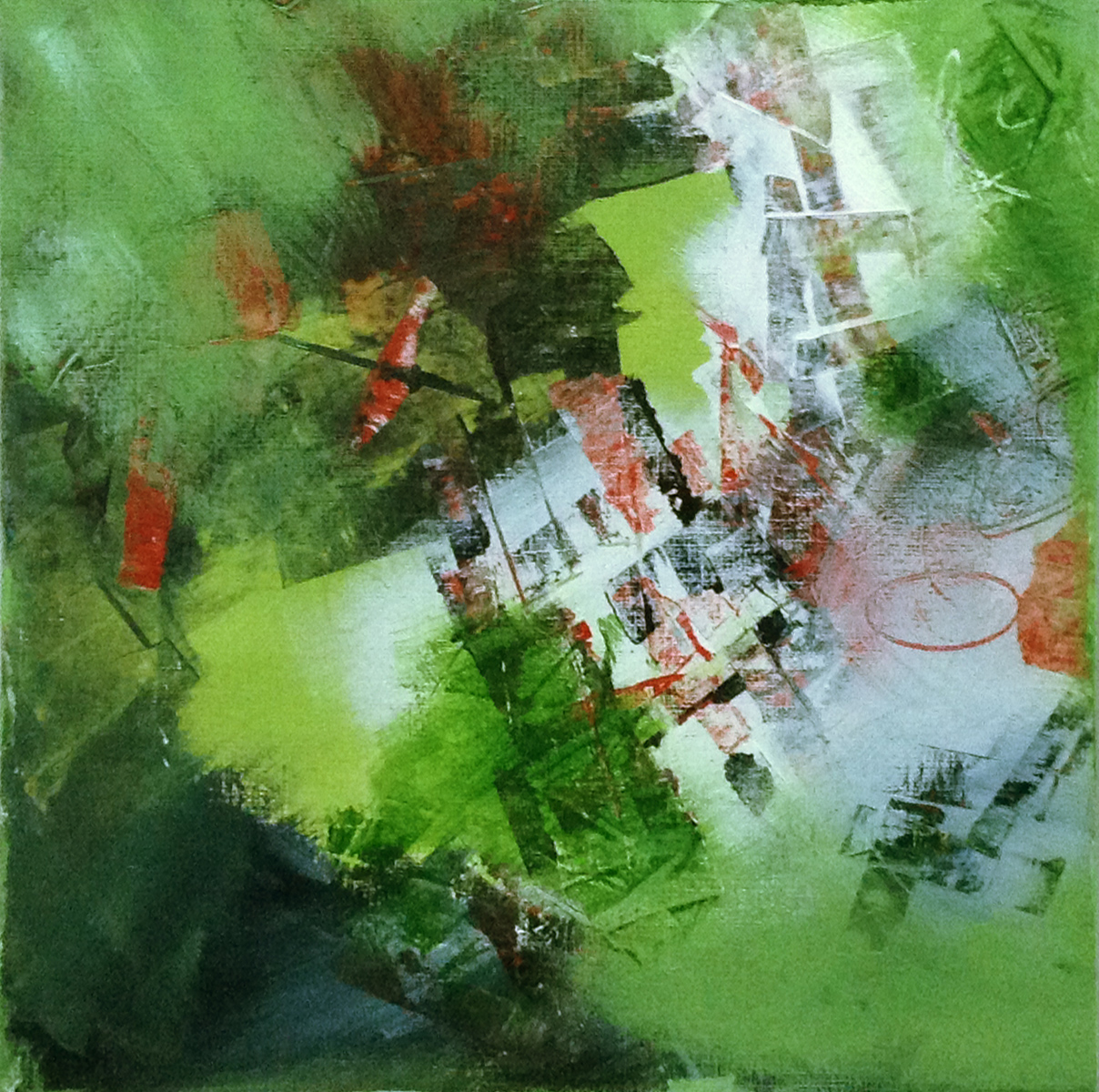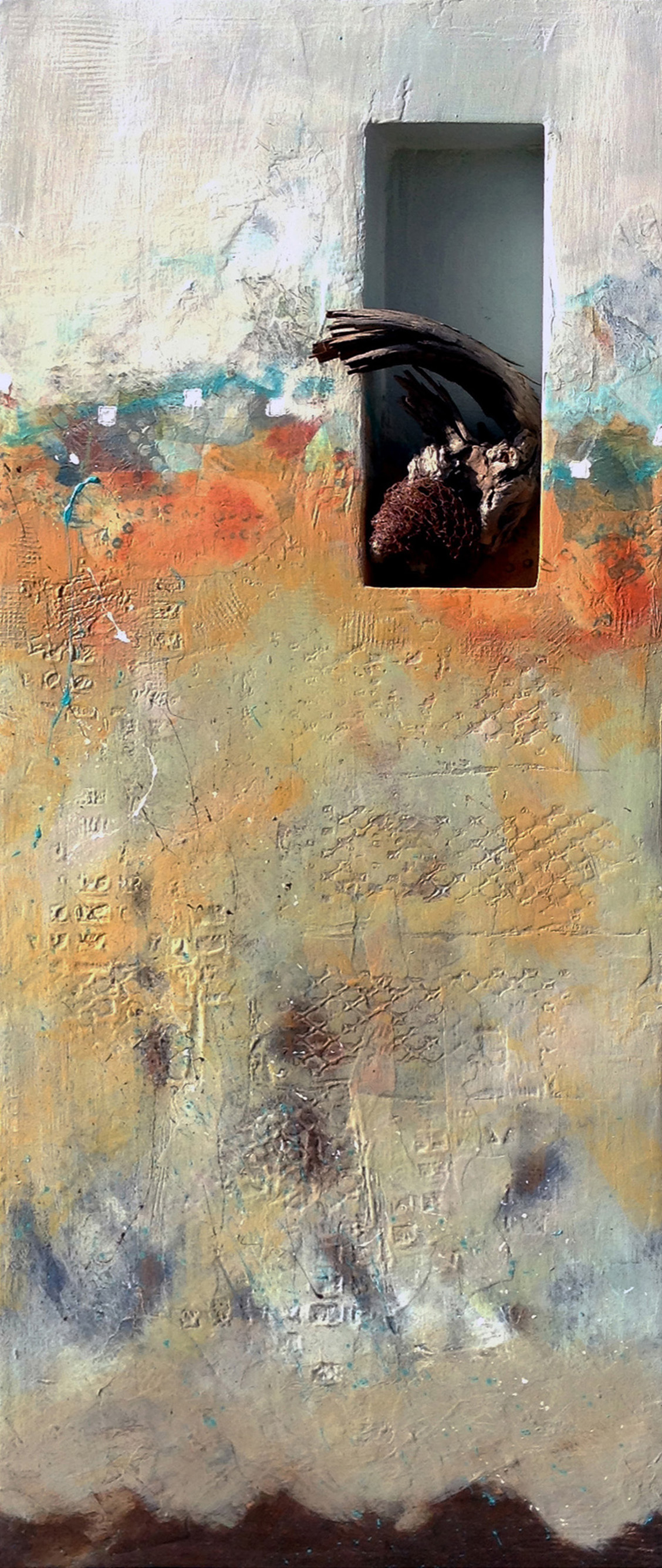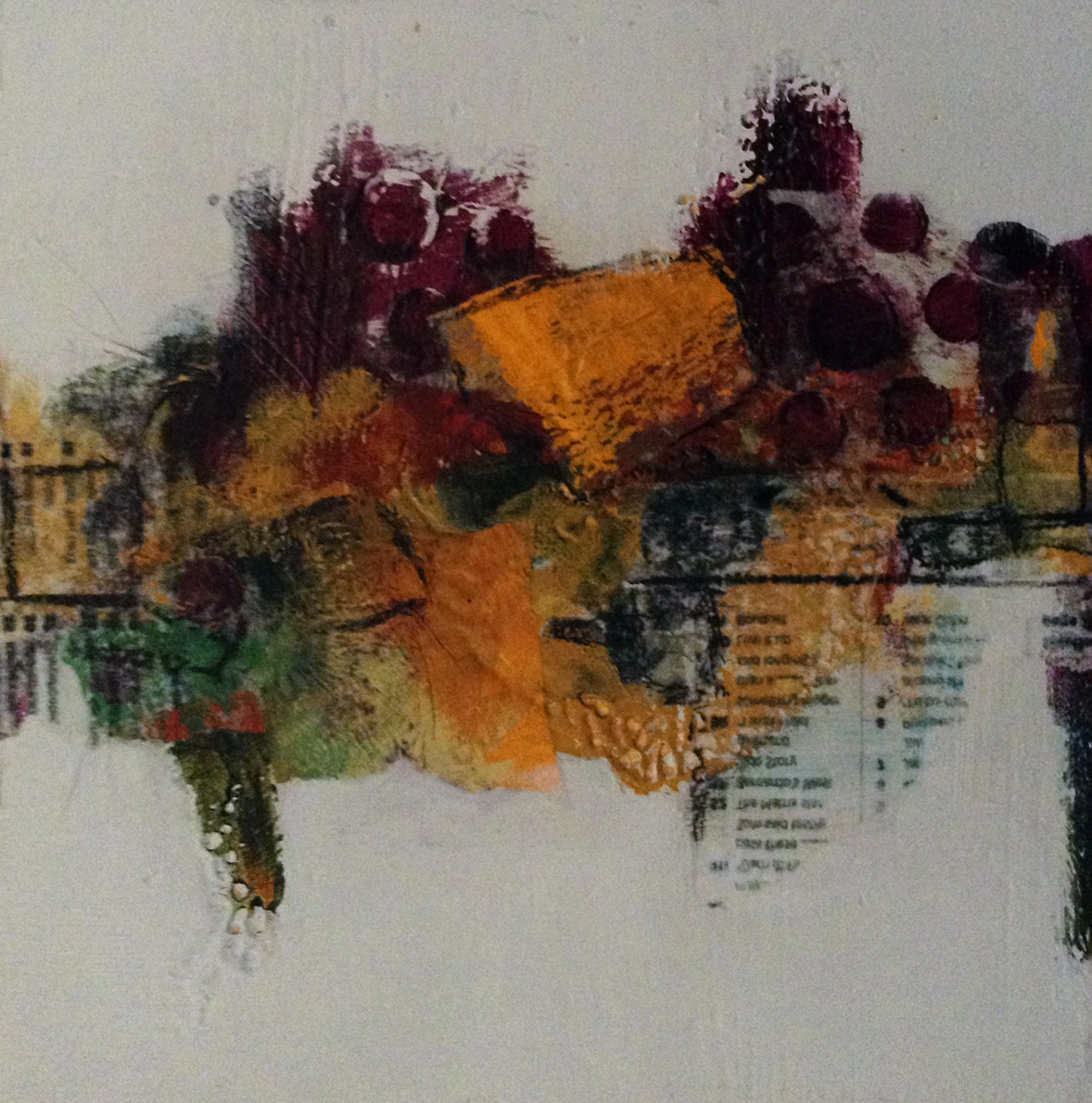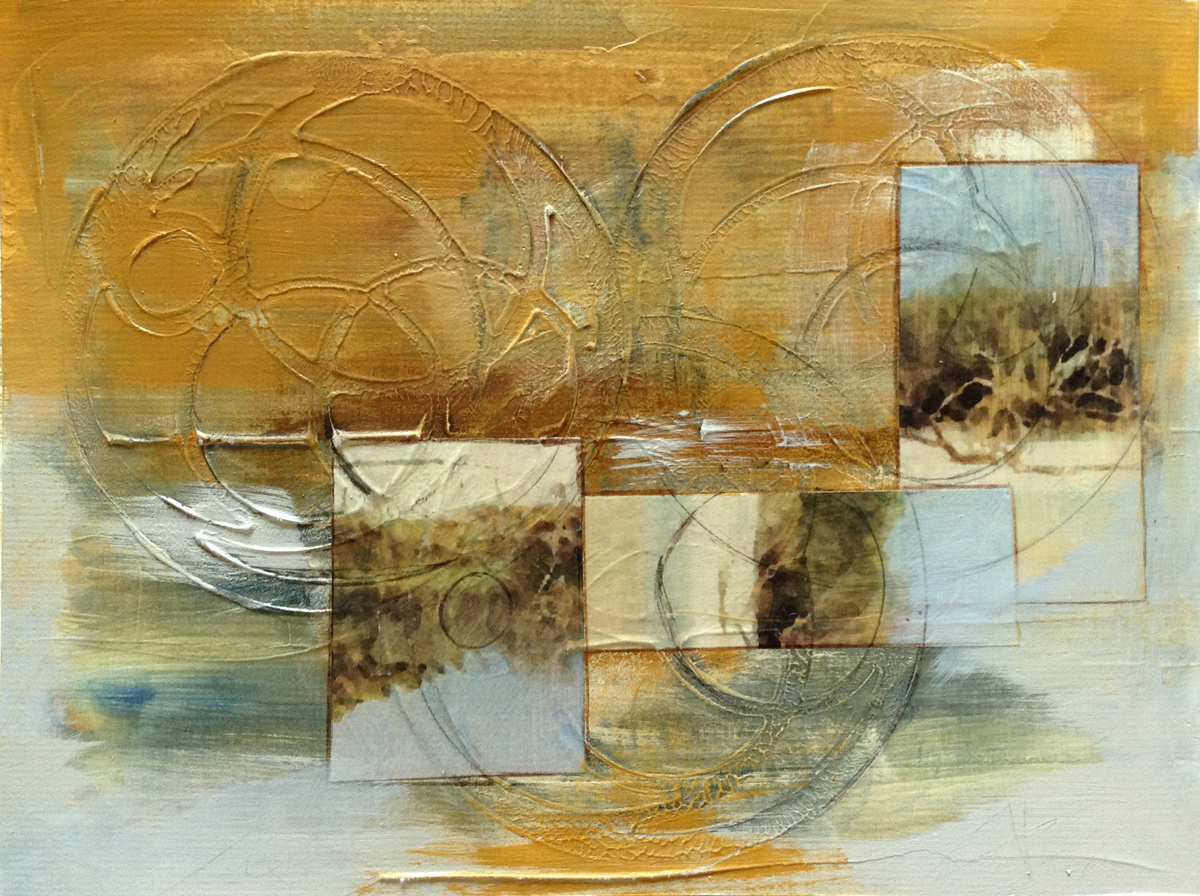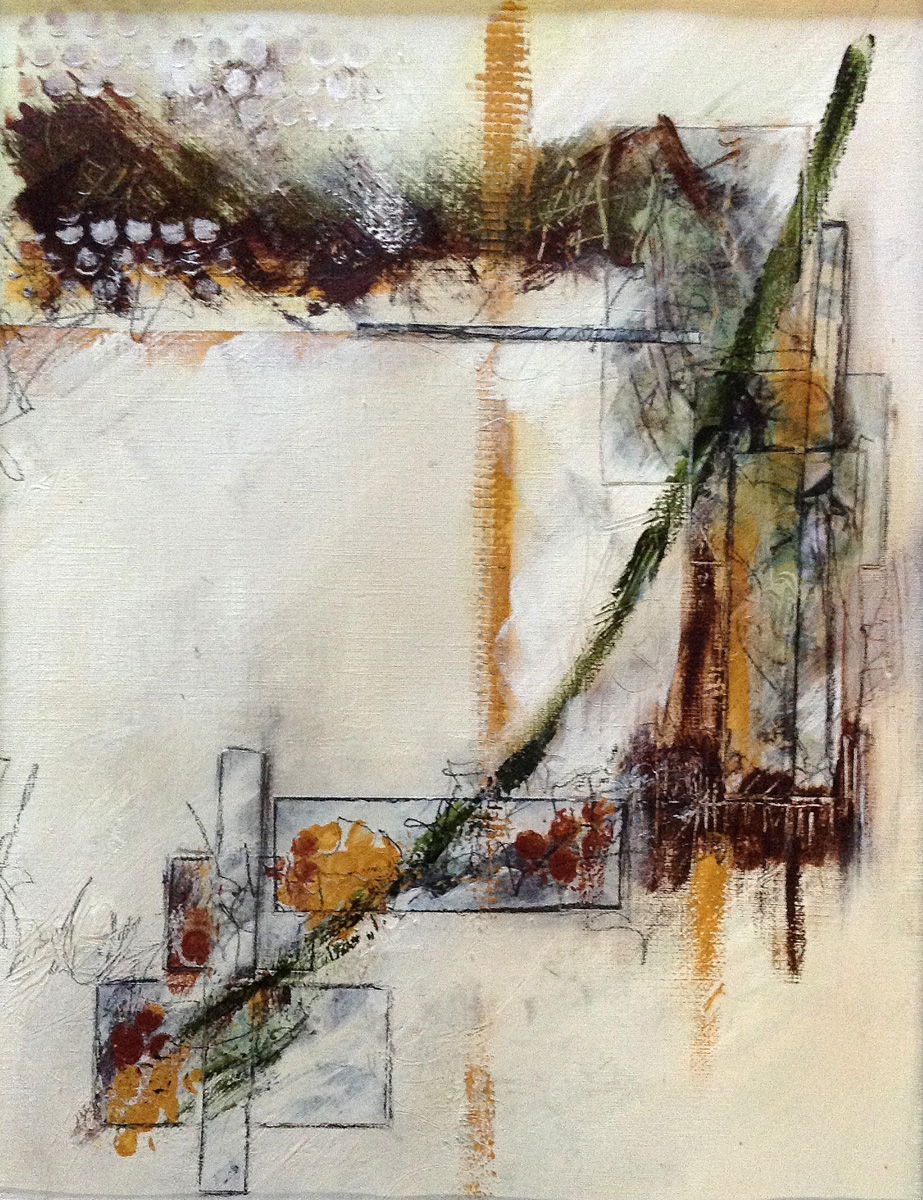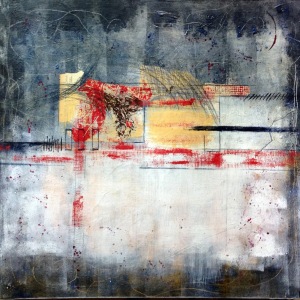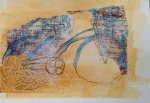
How do we respond as artists when the technology we have been depending on goes a bit…well haywire? While most of my artwork is done by hand, the old-fashioned way, I do depend on my computers, various programs, and my printer.
When You Least Expect It
This morning I watched my husband as he dealt with the Bluetooth in our car. He said he was riding along when suddenly the Bluetooth announced that it was changing the language to French. He swears he pushed no buttons and even tried to fix it by calmly asking the “French woman” to change the language back to English. Instead, he got a terse, “Pardon?”
It was not quickly resolved. Even with manuals, the internet, two telephone calls to different car dealers, and a plea to a daughter fluent in French, no one could offer much help (though the daughter offered a few choice words he could say in French when it didn’t work). So like any good American he went out punching buttons. The first punch got him another language, but it was Spanish. No problem, our other daughter is fluent in Spanish!) All he had to do was figure out which buttons he had pushed in which sequence. Finally, on the third try he was able to get the car to talk to him in English again. And incidentally, the only car dealers that called him back wanted to know if he would like to trade the car in for another one.
Obviously, the younger artists are most comfortable with technology, but I have seen a few of them get frustrated when something didn’t work “as advertised.” I guess the reality is that when it works, it makes our life easier and probably more creative even if we produce primarily with our hands. I know being able use technology to view and discuss the work of other artists influences my work. Videos teach me about new techniques, and the simple means of communicating allows me to share my own work with thousands of people even in other countries.
Our Art and Soul
In some ways adaptation to different circumstances is the heart and soul of art. I recently discovered that Matisse began his “cut-out” series after cancer forced him to use a wheelchair. While the work was a departure from his large paintings, critics often refer to them as among the best works of his entire career.
While I would miss technology, I believe artists are among the most adaptable people in our society. Perhaps it would be a good idea for all artists to develop their “other left or right hand.” By this I mean develop more than one method of creating, challenging ourselves to go beyond our daily borders.
Stepping beyond what has worked for us in the past might open the door to even better work in the future.



